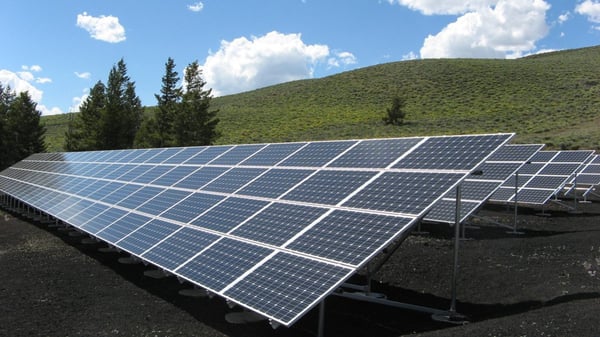As humans use of man-made resources increased over the years, we learned that our carbon footprint was destroying our planet. In the 1960s, people started to realize that if we wanted to keep our planet around, something had to change. Today, developers choose green building because can help to boost profits and solidify reputations.
"Going green" is a term used to describe being environmentally friendly. Whether it's recycling, reusing, repurposing or utilizing material that doesn't poison soil as it decomposes, there are may ways to reduce your carbon footprint.
When it comes to building and developing, going green is becoming more and more common. But what does it mean to build green, exactly? According to the Environmental Protection Agency, "Green building is the practice of creating structures and using processes that are environmentally responsible and resource-efficient throughout a building's life-cycle from siting to design, construction, operation, maintenance, renovation and deconstruction."
Makes sense, but also leads to the next question: How do you know if you are building green? Enter the US Green Building Council's advent of the LEED rating system. According to USGBC, "LEED acts as a framework for decision-making for project teams in all of these areas, rewarding best practices and innovation and recognizing exemplary building projects with different levels of LEED certification."
The rating system is designed for various project types and all building phases, and ensures structurally sound and environmentally friendly tools no matter which phase . They offer certifications upon completion, and will re-certify your buildings as time goes on to ensure that the improvements you make fall within its guidelines. This way, your building remains green, as you originally intended.
The World Green Building Council includes several features that make a building green. These features are:
- Efficient use of energy, water and other resources
- Use of renewable energy, such as solar energy
- Pollution and waste reduction measures, and the enabling of re-use and recycling
- Good indoor environmental air quality
- Use of materials that are non-toxic, ethical and sustainable
- Consideration of the environment in design, construction and operation
- Consideration of the quality of life of occupants in design, construction and operation
- A design that enables adaptation to a changing environment
Building green is certainly the way to go if you want your project to be environmentally friendly. Following a few simple guidelines, adhering to the LEED rating system and incorporating the seven components of green building will ensure that you are building with as small a carbon footprint as is currently possible with what the world has to offer today.
Remember, environmentally friendly building maximizes profits. The future will likely bring new ways to incorporate building green into developments and projects, so be sure to keep up with anything new in case you can utilize it on your next project.

Recent Posts
- Spec Home Loans: Complete Guide to Construction Financing for Builders
- Spec Construction Loans: A Spec Line of Credit Is Worth the Paperwork
- Spec Homes and Pre-Sale Homes: Relative Benefits for a Spec Builder
- Spec Construction Success: Insights for the Investor Builder
- How Is a Spec House Different From Other Kinds of House Construction?
